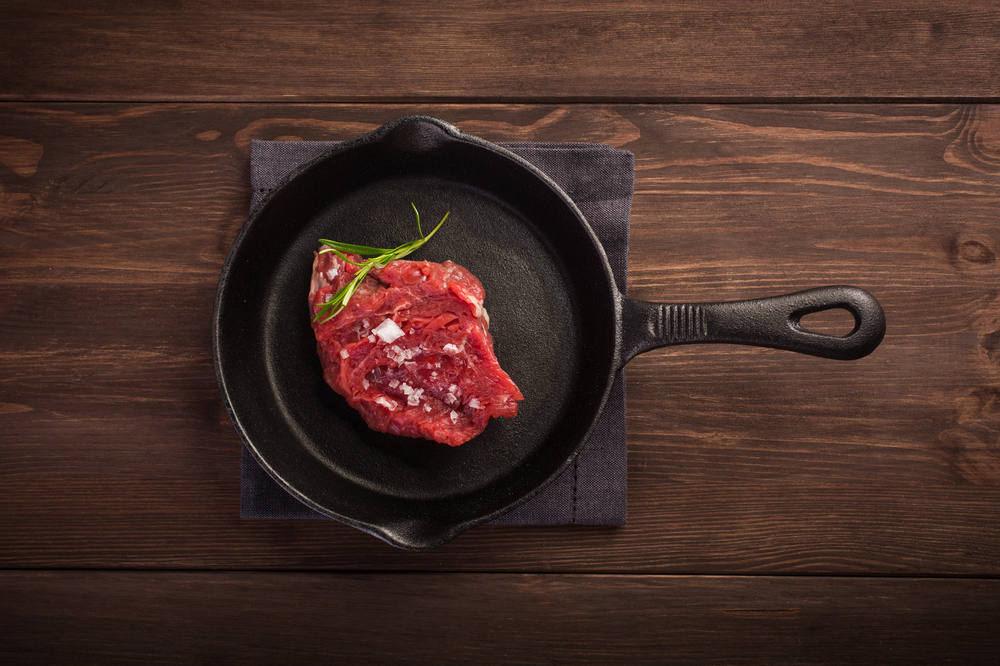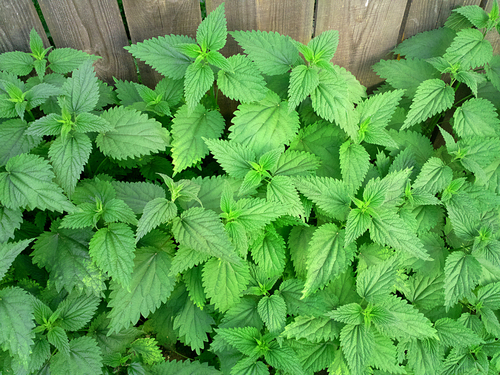Of all the minerals required by the human body, iron is the most suggestive of strength. Indeed, without sufficient iron the body becomes frail, tired, and cold. Iron deficiency weakens the immune system, leaving the body vulnerable to disease and infection.
Iron plays an important role in many bodily processes. But our bodies use most of it to make the blood protein hemoglobin, which distributes oxygen from our lungs to our cells.
Daily iron requirements vary from person to person—from 8 milligrams to 30 milligrams a day. In general, women need more (they lose iron with menstruation), and children need more to support their growth. Pregnant women require the most, grown men the least.
Severe iron deficiency leads to anemia—a lack of hemoglobin characterized by weakness, fatigue, and a rapid heartbeat. Yet, anemia may also be due to a lack of vitamin B12, lead poisoning, or a low functioning thyroid. In these cases, if iron levels are adequate, taking more won’t help.
Too much iron can also cause problems. According to the Iron Disorders Institute, iron overload can increase the risk for liver cancer, heart attack, diabetes, Alzheimer’s, and Parkinson’s disease. Symptoms of excess iron include hair loss, chronic fatigue, joint pain, and endocrine disorders.
Unless absolutely necessary, avoid supplements made from inorganic iron salts (such as ferric citrate, ferrous sulfate, ferrous gluconate, and others). While they deliver a concentrated dose, iron salts should be reserved for extreme cases. They are hard on the gut and often cause constipation.
Thankfully, our iron needs can usually be met with a good diet. Lots of healthful foods are naturally iron rich, and many processed foods (such as cereal, pasta, and other flour-based products) are fortified with iron as required by federal law.

Absorbing Iron
Food-based iron is classified as either heme or non-heme. Oysters, organ meats, and other animal products are some of the best sources of iron because more than a third of their iron content is heme—the easiest form for our bodies to absorb.
Vegetables, beans, and other plant-based food contain nearly all non-heme iron. This form needs help from other nutrients for the body to integrate it.
According to the Vegetarian Resource Group, vegetarians are at greater risk of iron deficiency and should be mindful of strategies to improve iron absorption.
Non-heme iron is better used by our bodies when combined with vitamin C, which boosts iron absorption six-fold. However, calcium, caffeine, antacids, proton pump inhibitors, and fiber-rich foods all interfere with iron absorption.
Eggs and chocolate contain iron, but they also contain compounds that impede absorption. If you’re a vegetarian looking to boost your iron levels, plan meals and supplement regimens accordingly.
Beans, Nuts, and Greens
Beans (lentils, kidney beans, and chickpeas), nuts and seeds (almonds, coconut, sesame, and pumpkin seeds), and dark greens (spinach and collards) are some of the best vegetarian sources of iron. Consider soaking, sprouting, or fermenting iron-rich grains (teff, millet, and quinoa) to neutralize phytic acid, which can significantly interfere with mineral absorption.
Fruit has iron too. Apricots, prunes, and raisins are good sources. Want an iron rich sweetener? Consider molasses.

Nettles
Stinging nettles is an excellent vegetarian source of iron because it is also rich in vitamin C. If you’re a vegetarian concerned about low iron, make nettle tea your drink of choice. Other iron-rich herbs to consider are sesame seed, celery seed, cumin, thyme, turmeric, dandelion, and yellow dock.
Cast Iron Pan
A 1986 study found that food prepared in cast iron cookware boosted iron levels up to 20 percent. However, scientists later observed that the inorganic iron extracted from the pan is difficult for the body to assimilate. While cast iron is an excellent choice for cookware, it’s a poor source of dietary iron.
